Category: Scriptures
-
Notes on Revelation
When I teach Revelation 1-11 to my youth Sunday School class, I’ll probably start off by saying something about gasoline.
-
What are the best books to accompany your study of the Book of Mormon?
Next year, we’ll be studying The Book of Mormon in the Come, Follow Me program for the Church of Jesus Christ of Latter-day Saints. During this year’s study of the New Testament, I’ve benefited from reading complementary material, such as — as I was reading Romans — Adam Miller’s excellent Grace Is Not God’s Backup…
-
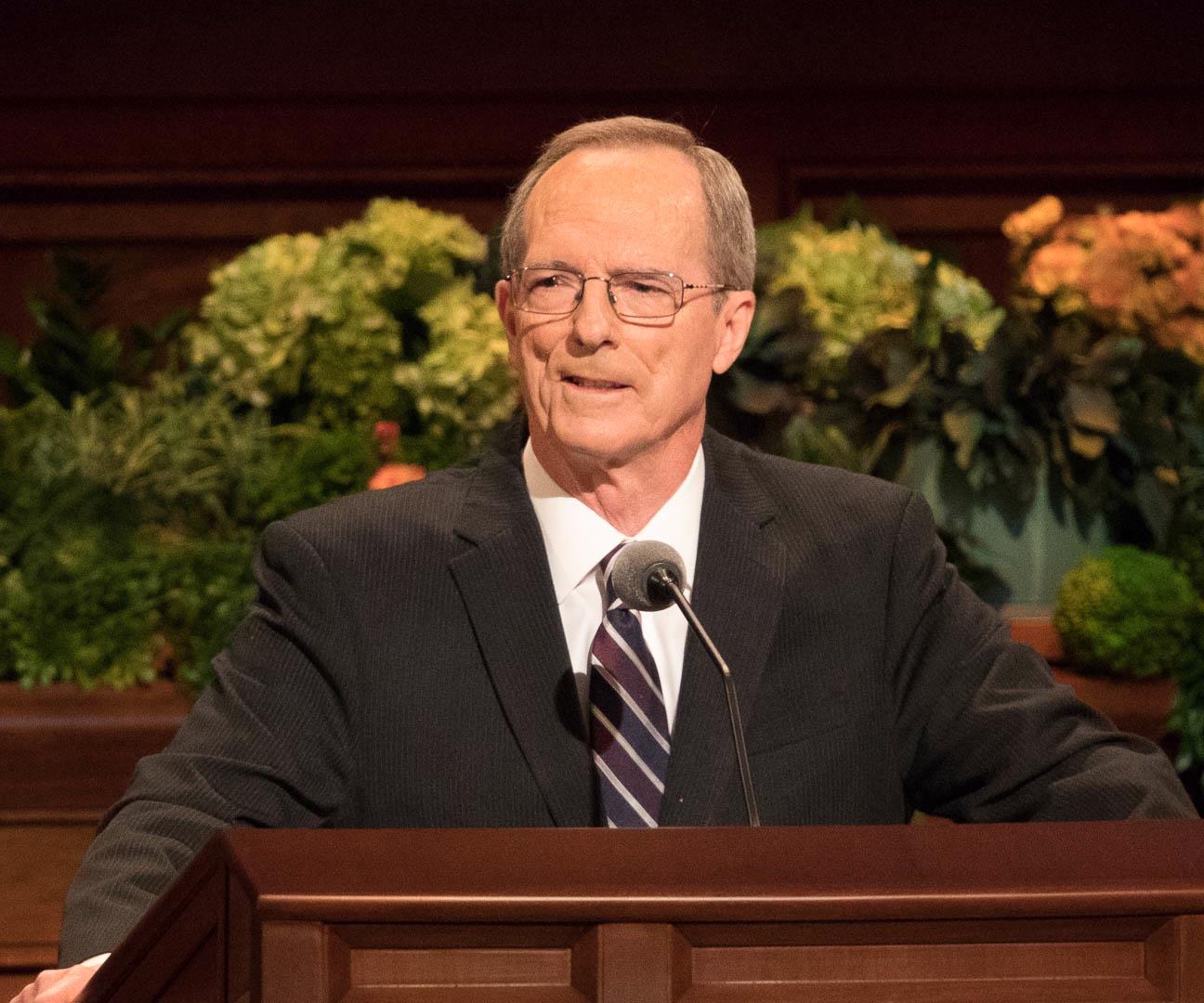
Putting the Book of Mormon Front and Center
Elder B.H. Roberts of the Seventy once wrote that: So long as the truth respecting it is unbelieved {the Book of Mormon} will remain to the world an enigma, a veritable literary sphinx, challenging the inquiry and speculation of the learned. But to those who in simple faith will accept it for what it is,…
-
A Word of Wisdom or a Commandment?
The revelation that forms the basis of the Latter-day Saint dietary code refers to its contents as “a word of wisdom for the benefit of the Saints in these last days” (D&C 89:1). The Word of Wisdom was treated like its name implies during much of the nineteenth century—wide advise from God, but not a…
-
Bread and Water
In my previous two posts, I discussed questions relating to the sacrament of the Lord’s Supper. Another question my friend asked was: “If you miss the bread do you take the water? … Obviously the best answer for the first is to make sure to take both but what is proper procedure?” I think many…
-
Why the Sacrament?
For Christians, the Sacrament of the Lord’s Supper was and is, in the words of one historian, “the central Christian ritual act.”[1] As Latter-day Saints, we participate in the breaking of bread and drinking of water on an almost weekly basis. Due to a few different reasons, I have been thinking about the sacrament a…
-
On Not Understanding the Atonement
There are some pretty major aspects of our Latter-day Saint faith–and of Christianity in general–that I don’t really understand. Specifically: the necessity and efficacy of the Atonement. Repentance and forgiveness make sense to me. The Atonement is a mystery, and none of the explanations or theories resonate with me on a deep, personal level. I…
-
Disputations in Zion
A couple of weeks ago, we reached the end of 3 Nephi 26 in our family scripture reading. It’s the culmination of Jesus Christ’s ministry to the New World and the founding of Zion. I’ve always been fascinated by Zion, and especially by the practical side of it. The concept sounds so utopian, but we’re…
-
A Restored Gospel Christian Calendar
We sometimes speak of the idea of a holy envy—meaning something that we admire in another a religion. For years, while remaining active in my ward, I spent a considerable amount of time at a Presbyterian Church ringing English handbells. Over time, one feature of their worship that I developed a bit of a holy…
-
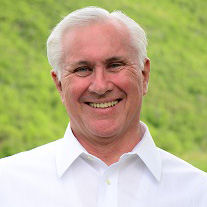
A Reaction to the Church’s Recent Essay on Book of Mormon Geography
Brant Gardner has kindly agreed to offer some comments on the recent Church essay on Book of Mormon geography. He’s a research assistant with Book of Mormon Central and arguably one of the top experts in the question of Book of Mormon geography. I’ve enjoyed discussing the Book of Mormon with Brant going way back…
-
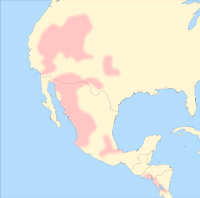
Uto-Aztecan and Semitic: Too much of a good thing
Brian Stubbs’s argument for extensive ancient contact between Semitic and Proto-Uto-Aztecan has received some attention recently in Mormon apologetics, but I don’t think Stubbs’s proposal is going to pan out. First, though, a few important messages.
-
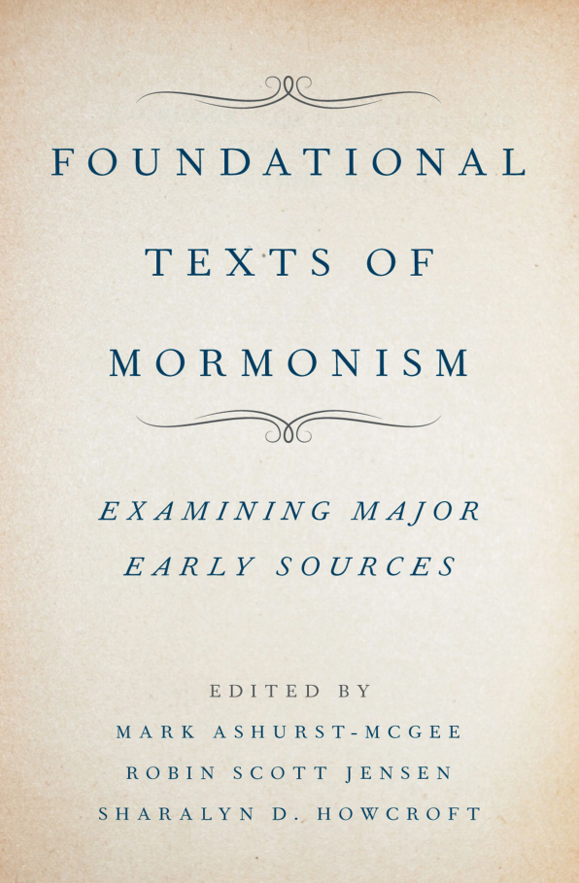
Review: Foundational Texts of Mormonism
Here’s the shortest review possible. If you’re even moderately interested in Church history or theology or even just in close reading of scripture you should get Foundational Texts of Mormonism. If it’s not already in your library, ask for it for Christmas.
-
The Expanded Canon: A Review
Several months ago, my wife Lissette gave a talk in sacrament meeting on the topic of modern prophets and continuing revelation. She wanted to provide something different, something the congregation could really chew on (no “theological Twinkies“). She ended up discussing how modern-day prophets model the process of revelation for us. Drawing on Elder Bednar’s analogy…
-
Three Heavens in Joseph’s Environment
We all know that revelation frequently requires study. Many of the key doctrines of the restoration came from revelations given to Joseph as he was going through and modifying the Bible by way of command. Some of these were treated as modifications of the Biblical texts (such as in our Book of Moses) while others…
-
Review: William V. Smith’s ‘Textual Studies of the Doctrine & Covenants’
In October 2007, I returned home to Texas from my mission in Nevada. In April of the following year, the raid on the YFZ Ranch near Eldorado, TX, occurred. I didn’t think much about it at the time because, you know, they weren’t real Mormons (as many LDS are wont to say). However, a good…
-
Some Thoughts on WordPrint
Just a quick post on the current kerfuffle over wordprint studies. Wordprint studies are a type of stylometry that look at certain connective words that aren’t main words in a sentence. The claim is that they can determine the authorship of a text. Now I’ve always been skeptical of this, even back in its heyday…
-
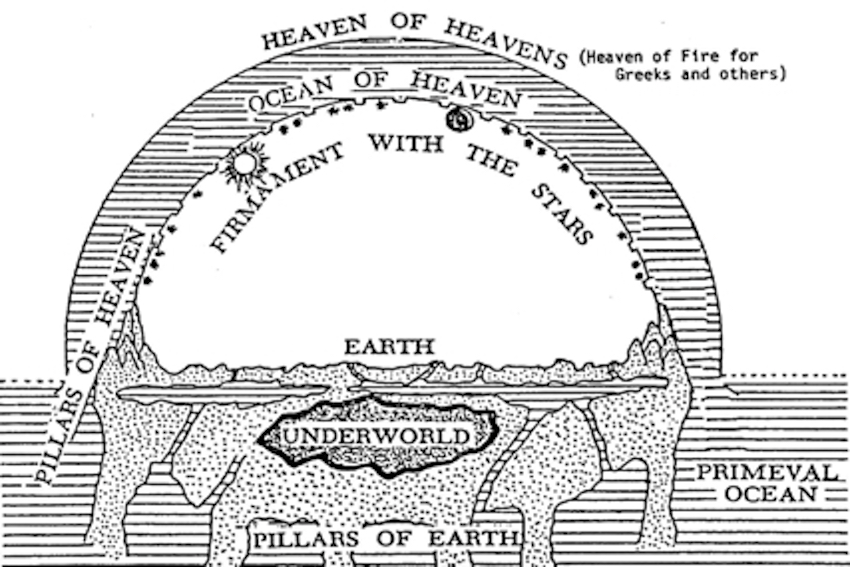
Helaman 12:15 and Astronomy
Helaman 12:15 reads, “according to his word the earth goeth back, and it appeareth unto man that the sun standeth still; yea, and behold, this is so; for surely it is the earth that moveth and not the sun.” If you’re like me you’ve always just read that as Mormon (or possibly Nephi) just having…
-
Hurlbut’s Story of the Bibles
Jesse Lyman Hurlbut, a Methodist minister, first published the Hurlbut’s Story of the Bible in 1904. In the book, he retells 168 Bible stories in simplified modern English prose. The author’s purpose was to provide a version of key scripture passages that young readers would find accessible. The numerous republished editions that have appeared throughout…
-
Temple Scriptures: A Mountaintop Experience
I had been studying the scriptures quite intently for the year or so before I first went to the temple. This really added to the experience for me, because I could see all the ways that temple worship connects with everything we know from the scriptures. The form of temple worship is quite different from…
-
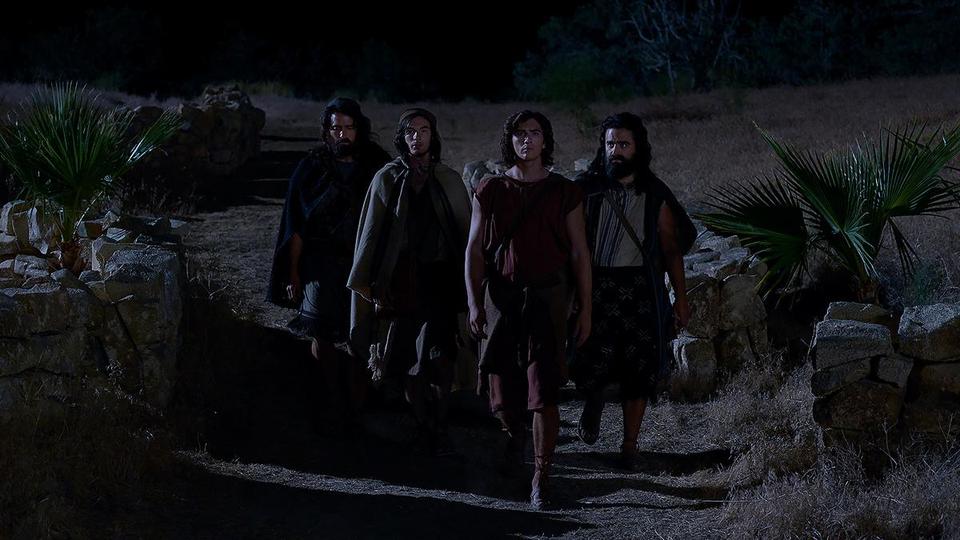
Coming Soon to a Screen Near You: The Book of Mormon
Not the big screen, just lots of small screens. From the LDS Newsroom: Filming Begins on New Book of Mormon Videos. It will not be a beginning-to-end depiction; the project will select certain episodes and events, producing “up to 180 video segments three to five minutes in length, as well as up to 60 more…
-
The Book of the Weeping God
One of the most striking features of the Bible is its division into Old and New Testaments, which present not only substantially different sets of religious beliefs and practices, but very different portrayals of God. The God of the Old Testament is a judgmental, jealous, and vengeful God, who destroys sinners without remorse, whether of…
-
Loosening the iron grip of the King James Version of the Bible?
A couple of years ago, Elder Richard Maynes (of the Presidency of the Seventy) quoted Matthew 13:44 in his conference talk: “The kingdom of heaven is like treasure hidden in a field, which a man found and covered up; then in his joy he goes and sells all that he has and buys that field.” But wait…
-
Can Mercy Rob Justice?
We’re all familiar with Alma 42 and the notion that mercy can’t rob justice. I was reading this today at church and was struck by a context that often doesn’t get mentioned. In the ancient world relationships often determined actions. This meant special treatment for friends and especially relations. In Greek philosophy and plays you…
-
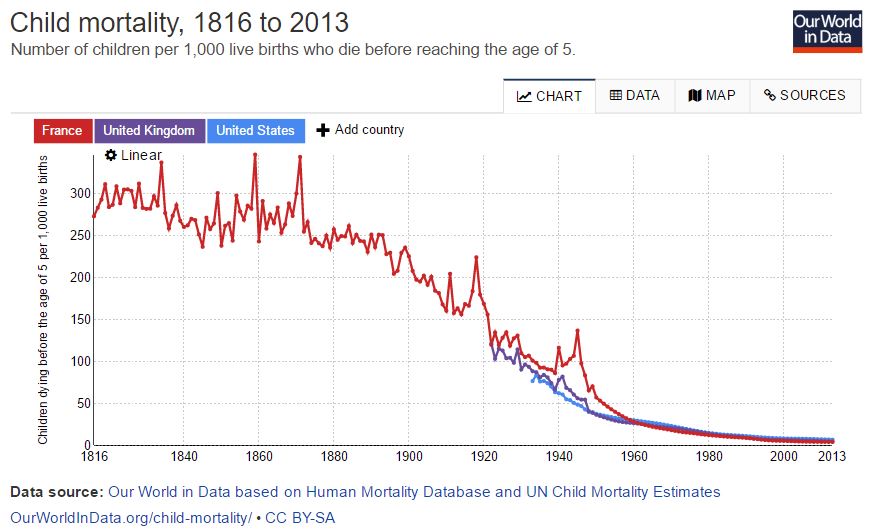
Scripture and Historical Context: A Contemporary Example
There’s a common assumption that historical accuracy and a spiritual orthodoxy compete against each other in a zero-sum game. Either you have to take the most recent finding or the dominant academic consensus as credible, or you have to take a literal reading of the scriptures as axiomatic, but you can’t have both. Well, that’s…
-
Korihor the Witch
Thou shalt not suffer a witch to live. (Ex. 22:18) I recently read Peter Charles Hoffer’s The Salem Witchcraft Trials: A Legal History (Univ. Press of Kansas, 1997). How could a bunch of dedicated Christians become convinced that their neighbors, some of whom were acknowledged to be fine citizens and exemplary Christians, were actually in…
-

Going All Sorts of Gentile
It’s almost Pentecost, when the Holy Ghost went wild, which brings to fiery minds the thought of not only that particular world-turned-upside-down event but assorted others a whole lot like unto it, which other events alas never got their own red-letter day on the calendar, even though they probably deserved to, and so it occurred…
-
Hell Part 1: Close Readings of the Book of Mormon
I love doing close readings of scripture. The normal way to do this is reading linearly through the entire book of scripture. An other great way is to study by topic. Each helps you see things you might miss using only the other method. While I’m glad our gospel doctrine has encouraged reading all scripture, part…
-
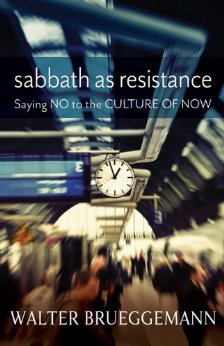
The Sabbath Day: Its Meaning and Observance
This was a talk I gave a month or so ago as part of High Council Sunday. In preparation for this talk, I read through Elder Nelson’s April Conference address on the Sabbath, in which he stated, “I am intrigued by the words of Isaiah, who called the Sabbath “a delight.” Yet,” he continued, “I…
-
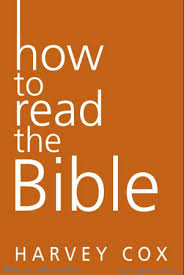
Reading Genesis
The latest entry in the how-to-read-the-Bible genre is How to Read the Bible (HarperOne, 2015) by Harvey Cox, a Harvard divinity prof who has been around since the sixties (his classic The Secular City was published in 1965). The first chapter is devoted to Genesis. He offers some helpful perspectives to go beyond simply plodding…
-
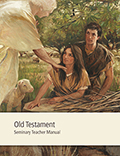
Teaching Genesis, Sort Of
A new year of LDS seminary is just starting up, and this year’s course of study is the Old Testament. The first week of lessons gives some Mormon framing: (1) an introduction to the Old Testament (it “contains images, symbols, and teachings about the Lord Jesus Christ” and “in the Old Testament, Jesus Christ is…
